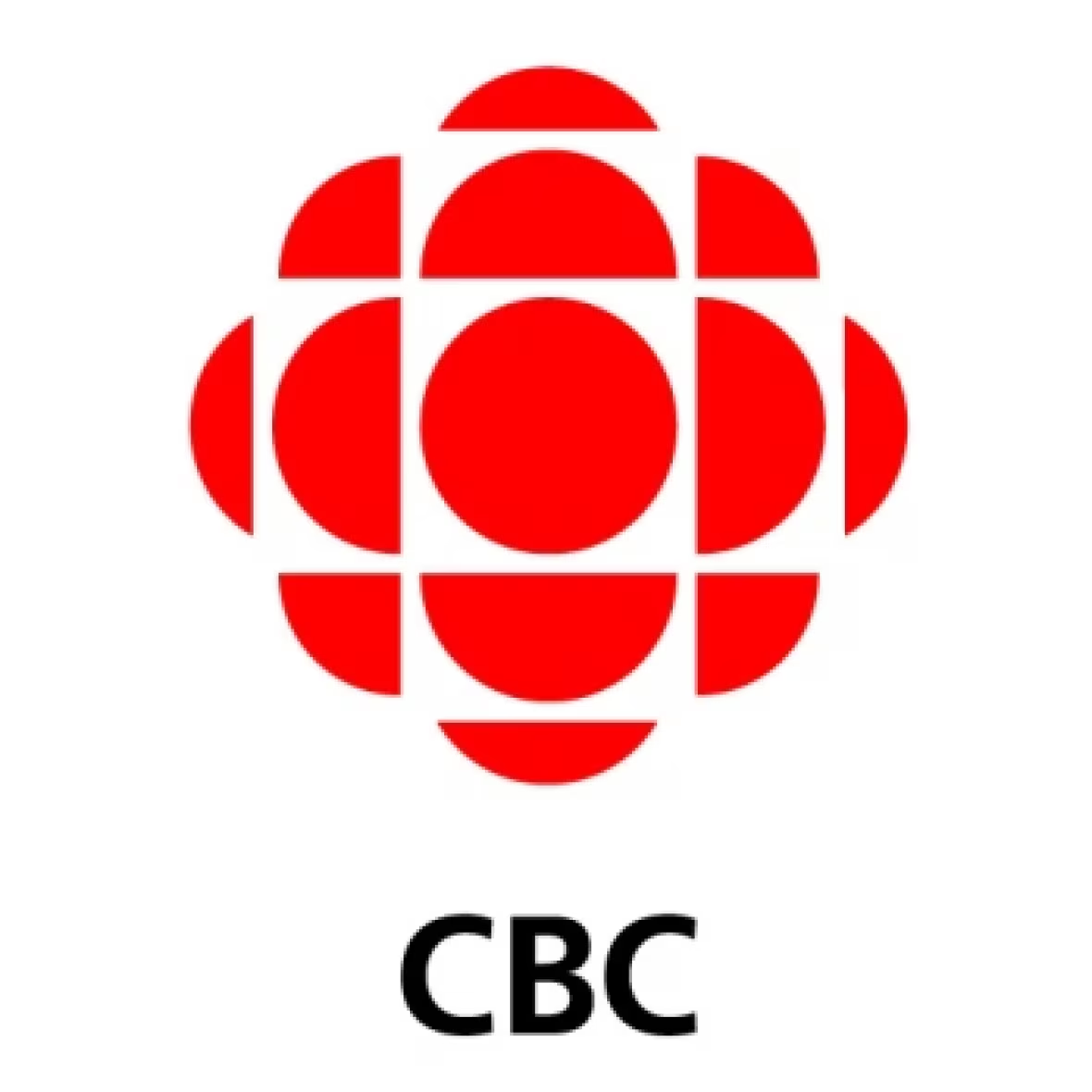Canadian Forces eagle staff visits the North for 1st time
The staff is symbolic of 'unity among Indigenous peoples'
A ceremonial military eagle staff has crossed into the North for the first time ever.
The staff honours Indigenous members and veterans of the armed forces including Métis, First Nations and Inuit — but it has never been north of the 60th parallel before this week.
"Having it up here with me carrying it, it's quite the honour in itself," said Warrant Officer Sheldon Quinn, a Cree serviceman and one of the few Canadian Armed Forces members authorized to carry the staff.
Eagle staffs are present in many Indigenous cultures, representing the honour and integrity of its people.
The Canadian Forces eagle staff is made up of distinct pieces symbolic of the Indigenous peoples of Canada: a Métis sash, a row of eagle feathers, an ash bow, a medicine pouch, an antler carved into the shape of an eagle, and flags of Canada, the provinces, and the territories.
It can now count one more of those territories among the places it has visited after a quick tour that included Cambridge Bay and Resolute, Nunavut, during Operation Nunalivut.
Travelling emblem of unity
One final, crucial piece of the staff is a replica narwhal tusk, which extends the entire length of the bow.
It represents the contributions of the Inuit to the Armed Forces. In Resolute, the tusk matched the two crossed tusks adorning the front of the hamlet's council chambers as Quinn addressed the community's leaders.
"Two former service members were instrumental in creating it in 2002, which in essence, is a travelling emblem of unity among all Indigenous peoples in the defence community," Quinn told the hamlet's deputy mayor and staff.
The eagle staff has been present at multiple important military ceremonies, including marking anniversaries of Vimy Ridge, Passchendaele, Beaumont Hamel and even on the four-day Nijmegen Marches in the Netherlands.
Quinn held the staff on the parade at Vimy.
"When we were carrying it onto that parade in Vimy, every Aboriginal, First Nations people that were watching that, they actually stood up, and you could see the pride grow," he said.
"It didn't just march on the parade, it led the parade on."
According to the Department of National Defence, more than 4,000 Indigenous people served during the First World War. More than 300 of them died in uniform.
Today, the Canadian Forces counts nearly 3,000 Indigenous members, but a recent report from the Defence Aboriginal Advisory Group found racism was "rampant" throughout the military.
"I think the military is indicative of Canadian society in itself," says Quinn. "If, obviously, there's racism out in Canada, in Canadian society, we're going to show it here as well."

